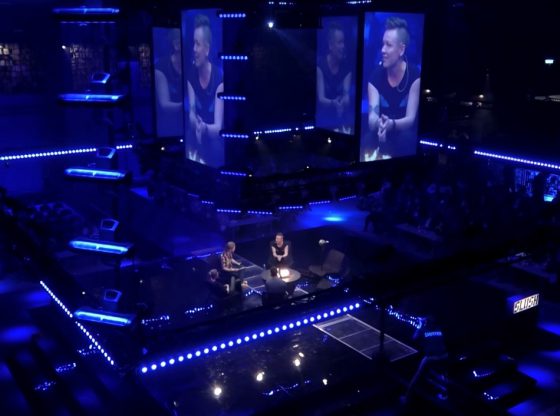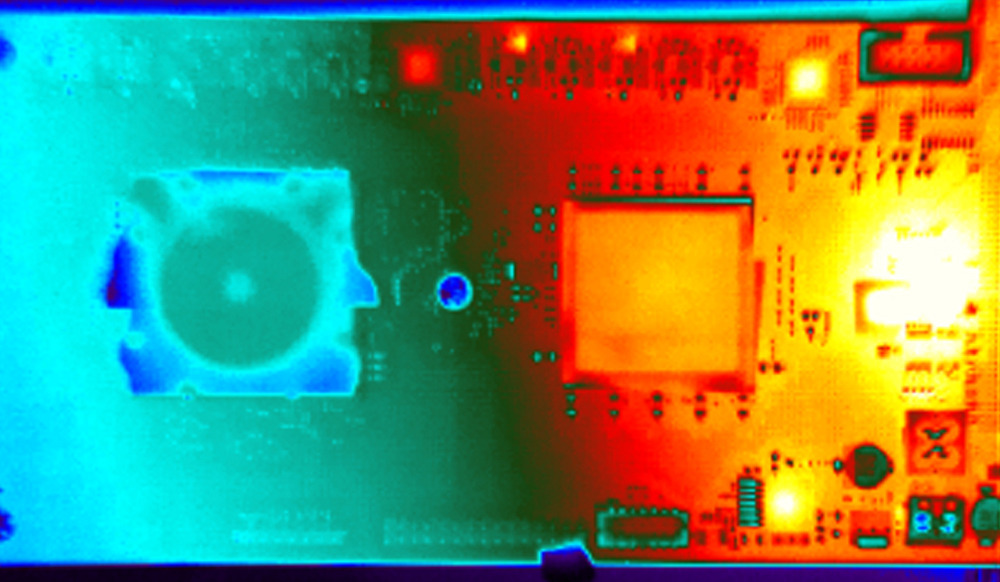Google’s AI projects are progressing rapidly. Its most famous neural network, DeepMind became the first Computer Go program to beat a human professional Go player without handicaps on a full-sized board. Another Google artificial intelligence project is now able to increase its intelligence on its own.
Artificial intelligence has surpassed humans on many fronts. And the latest news from Google is an ability to enhance itself beyond what it was humanly programmed to do.
AI can now drive cars, find cancer and win over a man in chess but also the highly advanced board game Go.
These are all very specialized tasks, however, to achieve general intelligence and even self-awareness, the AI need an ability to improve on its own.
The first step in that direction is now a reality with Googles artificial intelligence ‘AutoML’ projectable to create new and better artificial intelligence than we are able to.
Google recently held its annual I/O conference, featuring new technological breakthroughs and visions for the public.
During which CEO Sundai Pichar told us about the progress of Google’s artificial intelligence AutoML – and it is progressing fast.
Developing rapidly
The AutoML AI can add new code and algorithms on top of its original code. Creating a system that can act based on multiple inputs by using evolutionary algorithms and reinforcement learning algorithms.
It takes a lot of time for people to type code and algorithms, and so Google gave AutoML the ability to write its own code. In this way, new and more advanced artificial intelligence can be created much faster.
As Google explains, it is a neural net that can propose a “child” model architecture, which can then be trained and evaluated for quality on a particular task. That feedback is then used to inform the controller how to improve its proposals for the next round. Repeating this process thousands of times — generating new architectures, testing them, and giving that feedback to the controller to learn from.

So far, AutoML has by itself developed AI able to recognize images and AI able to recognize voices.
Sprung from Man, improved by machine
The first code was as good as any human Google programmer was able to create – the second layer code was better.
The codes created by the computer offered some surprises: Parts of AutoML’s codes were meaningless to the human code experts, and only gave meaning to the AI.
Google’s hope is that AutoML could spread AI to ordinary people as an easy-to-use base intelligence that can tailor itself to its owner’s needs. Starting off with a “raw” AI, with anyone able to input a few basic commands. Then, with the click of a button, the AI could evolve all by itself, eventually turn into the software that the customer desires.
Google I/O Keynote (Google I/O ’17). Google’s AutoML system, explained 1 h 23 min.
Reference:
Using Machine Learning to Explore Neural Network Architecture











![OpenAI. (2025). ChatGPT [Large language model]. https://chatgpt.com](https://www.illustratedcuriosity.com/files/media/55136/b1b0b614-5b72-486c-901d-ff244549d67a-350x260.webp)
![OpenAI. (2025). ChatGPT [Large language model]. https://chatgpt.com](https://www.illustratedcuriosity.com/files/media/55124/79bc18fa-f616-4951-856f-cc724ad5d497-350x260.webp)
![OpenAI. (2025). ChatGPT [Large language model]. https://chatgpt.com](https://www.illustratedcuriosity.com/files/media/55099/2638a982-b4de-4913-8a1c-1479df352bf3-350x260.webp)








